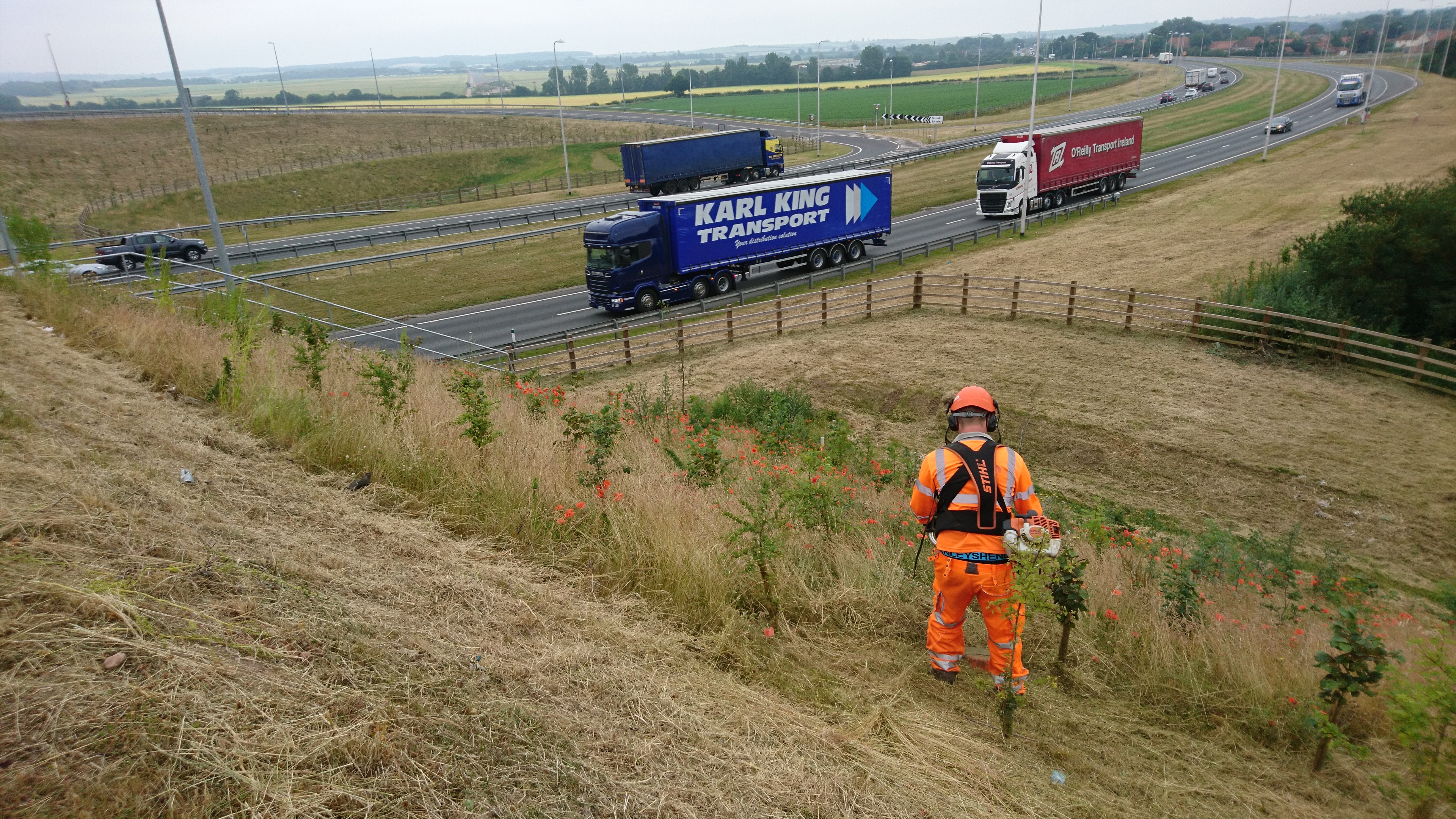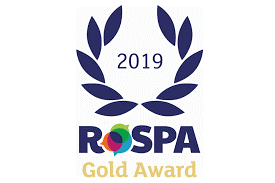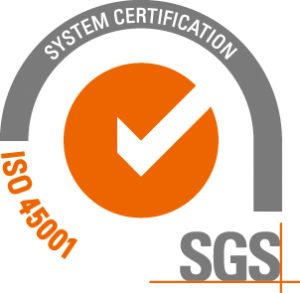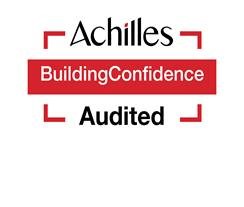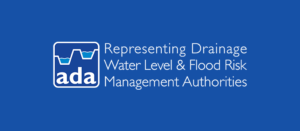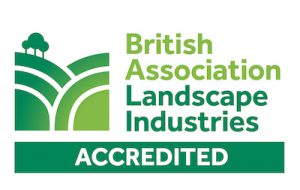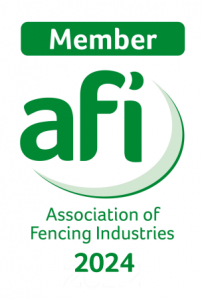In honour of World Peatlands Day, we thought we would take a look back to 2018/19, when ATM carried out works for Barwick Road Balancing Pond in Garforth, West Yorkshire, but first, let’s have a few peatlands facts:
• Peatlands are a type of wetlands which are among the most valuable ecosystems on Earth: they are critical for preserving global biodiversity, provide safe drinking water, minimise flood risk and help address climate change.
• Peatlands are the largest natural terrestrial carbon store; the area covered by near natural peatland worldwide (>3 million km2) sequesters 0.37 gigatonnes of carbon dioxide (CO2) a year – storing more carbon than all other vegetation types in the world combined.
• Damaged peatlands are a major source of greenhouse gas emissions, annually releasing almost 6% of global anthropogenic CO2 emissions. Peatland restoration can therefore bring significant emissions reductions.
• Countries are encouraged to include peatland restoration in their commitments to global international agreements, including the Paris Agreement on climate change.
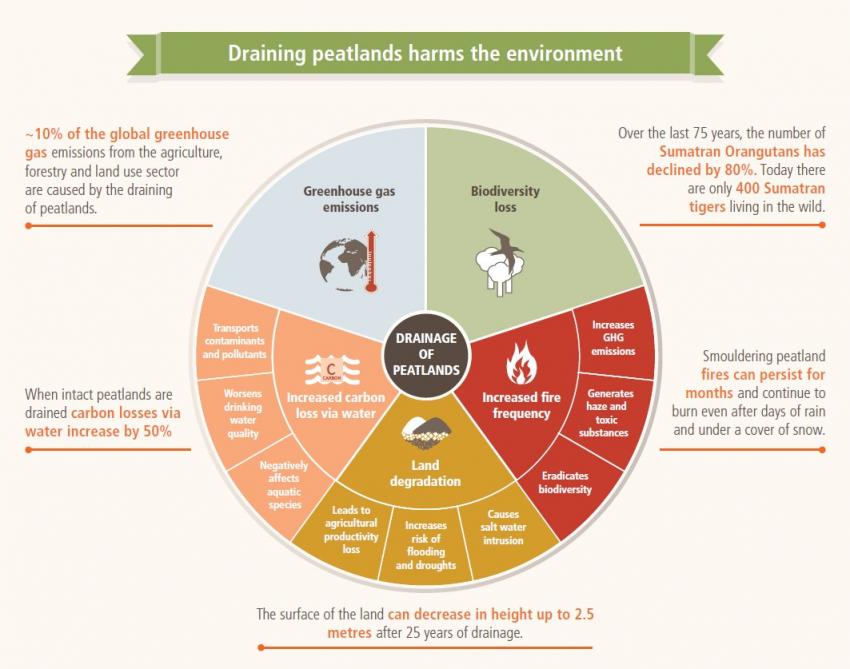
Essential periodical maintenance works were identified as required by ATM at Barwick Road balancing pond (henceforth known as ‘the pond’). It is understood that the pond had not been de-silted since construction in circa. 1997 and silt build up was starting to compromise its functionality. Further, siltation of the pond was enabling bulrush Typha latifolia and common reed Phragmites australis to colonise, which if not checked, would ultimately lead to loss of open water and succession to scrub.

Prior to any works, appropriate protected species checks had to be undertaken via a Preliminary Ecological Appraisal (PEA). The PEA identified that further checks for protected species be undertaken, none or evidence of any were identified. The additional checks and the PEA highlighted avoidance measures for particular features, which included undertaking the works at an appropriate time of year to avoid nesting birds.

Once the proposed works had been programmed, the first phase involved the selective removal of vegetation at the margins of the pond. Selective removal allowed access for specialist reed/bulrush cutting and dredging equipment, as well as retaining some semi-mature willows Salix sp. for habitat structure.
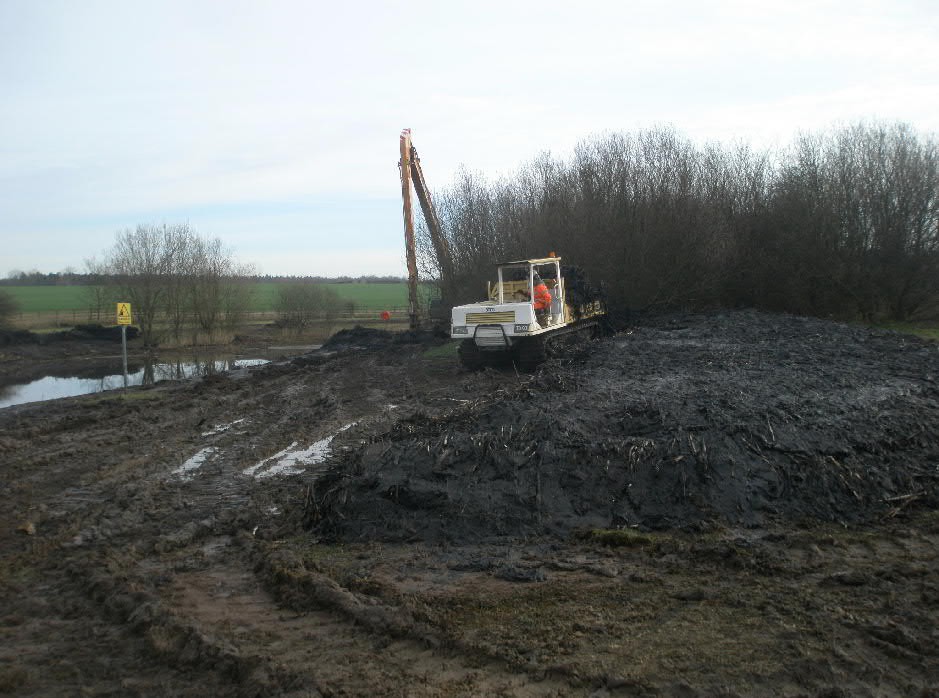
The next phase involved the cutting of reed and bulrush which cleared the way for the dredging operations. During dredging, the arisings were left at the margin of the pond for a minimum of 24 hours to allow invertebrates to potentially escape back to the water. Again, areas of reed although cut were retained so that it can grow back in the Spring and provide habitat structure.
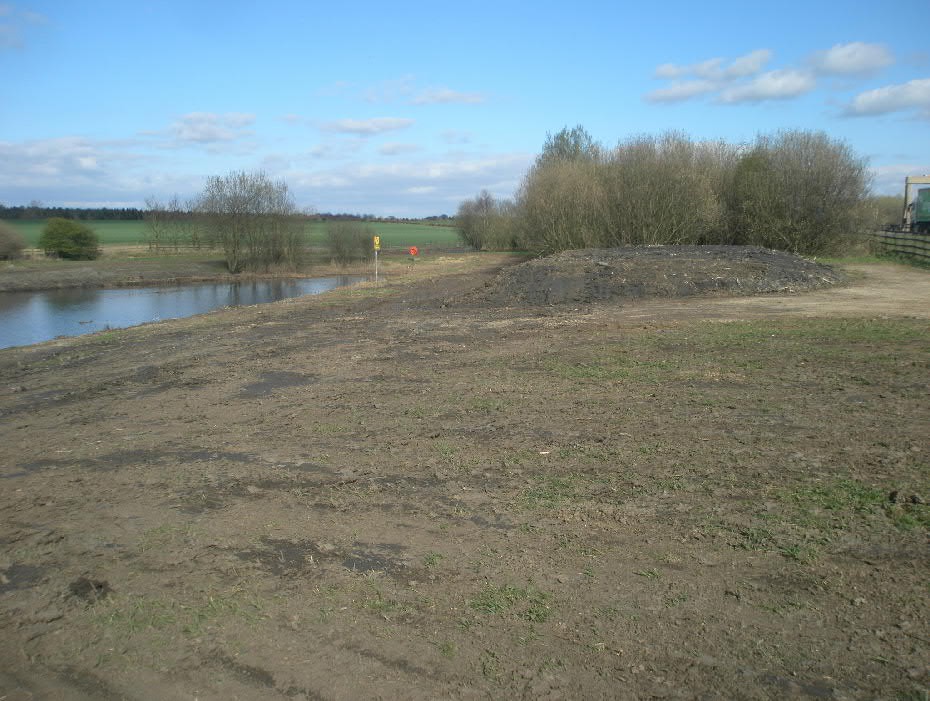
Finally, in mid to late March arisings were then transported to pre-defined areas of storage within the pond boundary and the area, including access track re-instated and subsequently seeded with an approved native species rich grassland mix.

Although this wasn't a peatlands project as such, we restored wetlands to their former glory, giving the wildlife and native plant species the opportunity to survive and thrive.
